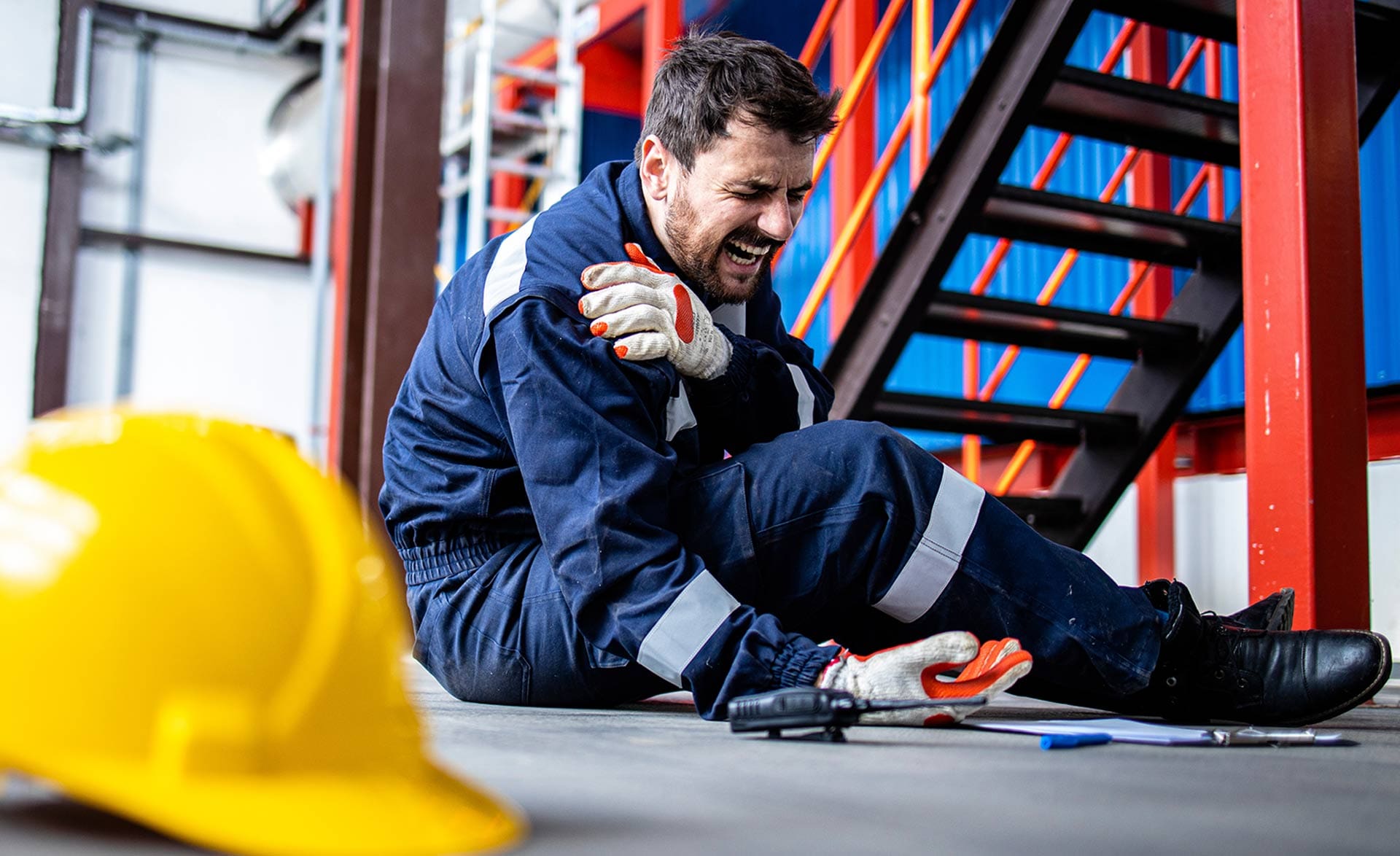
Common Workplace Injuries and How to Prevent Them
A Guide to a Safer Work Environment
Workplace safety is a shared responsibility, and being aware of potential hazards is the first step towards creating a safer work environment. In this blog post, we’ll delve into some of the most common types of workplace injuries and provide valuable advice on how employees can take proactive measures to prevent them.
Slips, Trips, and Falls
Slips, trips, and falls are among the most prevalent workplace injuries. They can happen in any industry or setting. To prevent these accidents:
- Keep Walkways Clear: Ensure aisles and walkways are clear of clutter, cables, or any obstruction.
- Clean Up Spills Immediately: Promptly clean up any liquid spills and use warning signs to alert others.
- Proper Footwear: Wear appropriate footwear with good traction, especially in areas prone to spills.
Muscle Strains and Sprains
Lifting heavy objects or repetitive motions can lead to muscle strains and sprains. Employees can take the following precautions:
- Use Proper Lifting Techniques: Bend at the knees, keep the load close to the body, and use leg muscles to lift.
- Take Regular Breaks: Alternate tasks to prevent overexertion, and stretch regularly to relieve muscle tension..
- Seek Assistance: Don’t hesitate to ask for help when dealing with heavy or awkward objects.
Falling Objects
In industries with elevated workspaces or heavy machinery, falling objects pose a significant risk. To mitigate this danger:
- Use Protective Gear: Wear hard hats, helmets, or other appropriate head protection.
- Secure Objects Properly: Ensure that tools, equipment, and materials are properly stored and secured.
- Establish Restricted Zones: Mark off areas where overhead work is being done to prevent unauthorized access.
Repetitive Stress Injuries
Repetitive tasks, such as typing or working on an assembly line, can lead to conditions like carpal tunnel syndrome. Employees can protect themselves by:
- Maintaining Ergonomic Workstations: Ensure that desks, chairs, and computer equipment are set up ergonomically.
- Taking Regular Breaks: Stretch and move around periodically to relieve tension and reduce strain.
- Using Proper Techniques: Learn and apply correct techniques for repetitive tasks to minimize stress on the body.
Burns and Chemical Exposures
In environments where chemicals or high temperatures are involved, burns and chemical exposures are potential risks. Safety measures include:
- Wear Appropriate Personal Protective Equipment (PPE): This includes gloves, eye protection, and fire-resistant clothing.
- Handle Chemicals Safely: Follow proper protocols for handling, storing, and disposing of hazardous materials.
- Know Emergency Procedures: Be familiar with the location of safety equipment like eyewash stations and fire extinguishers.
Electrical Hazards
In settings with electrical equipment, there’s a risk of electric shock or other electrical injuries. Safety measures include:
- Regular Equipment Inspection: Ensure that cords, plugs, and outlets are in good condition.
- Use Ground-Fault Circuit Interrupters (GFCIs): Especially in wet or damp environments to prevent electrical shocks.
- Avoid Overloading Circuits: Plug only one high-wattage appliance into each outlet to prevent overloads.
Preventing workplace injuries is a collective effort that starts with awareness and proactive measures. By understanding common risks and implementing safety protocols, employees can significantly reduce the likelihood of accidents. Remember, safety should always be a top priority, and open communication about potential hazards is key to maintaining a secure work environment. Together, we can create workplaces that prioritize employee well-being and productivity.





